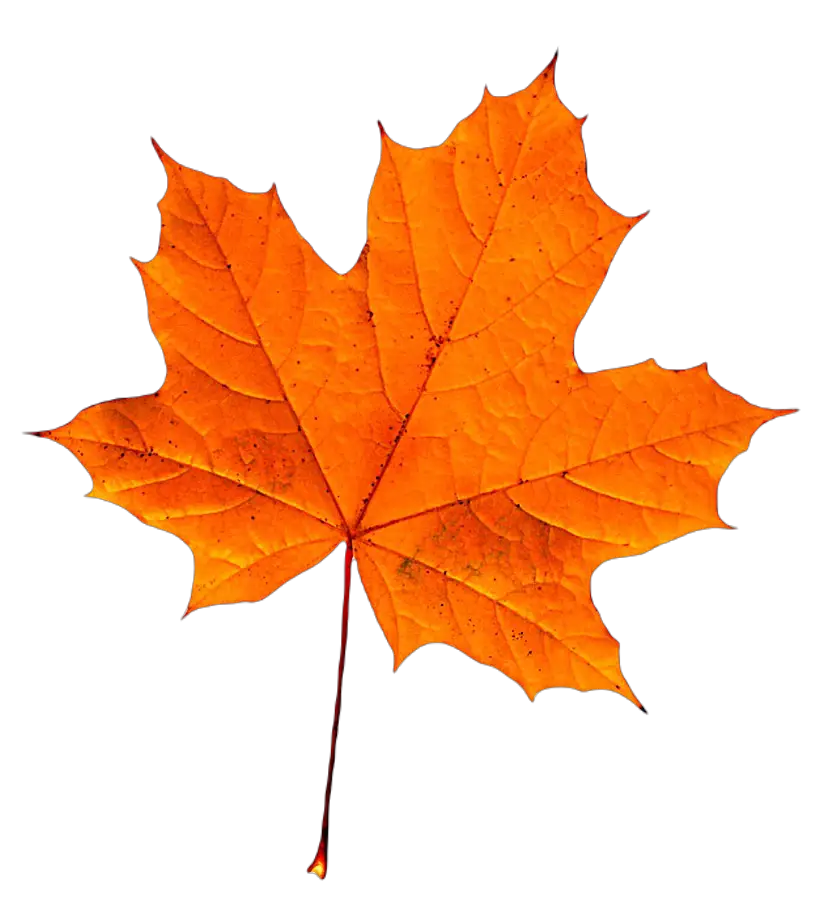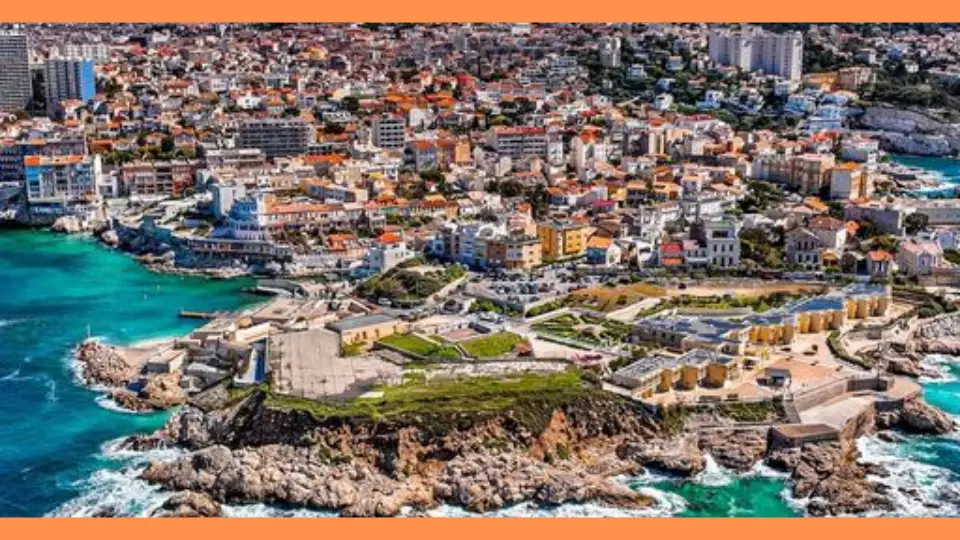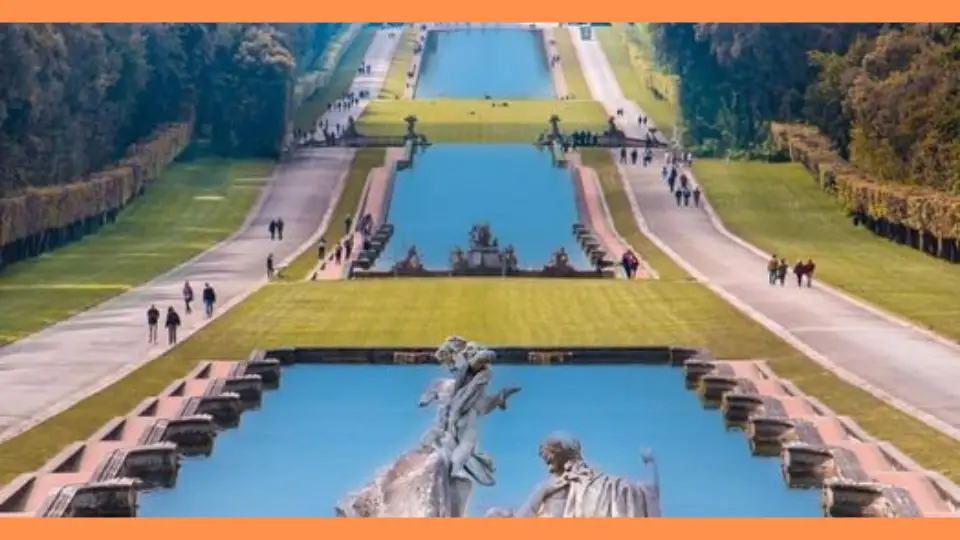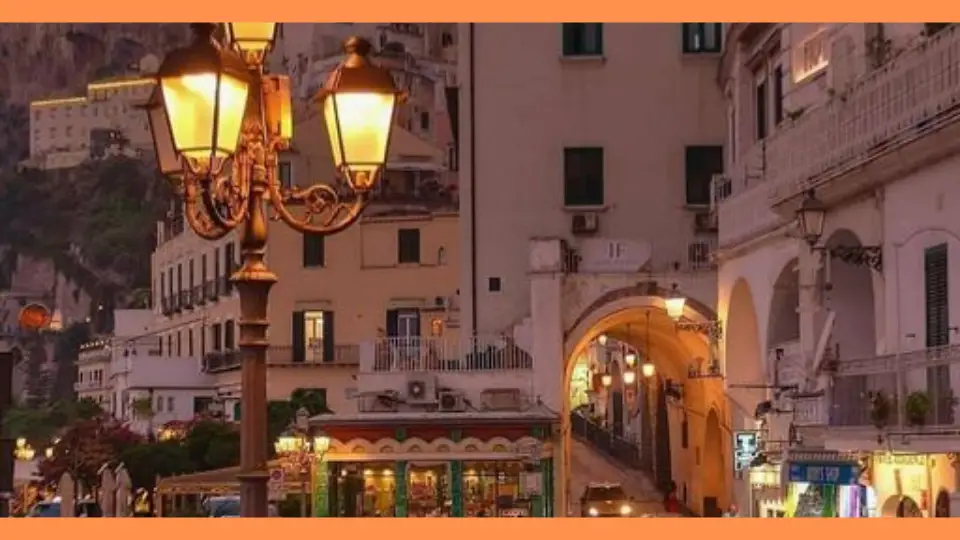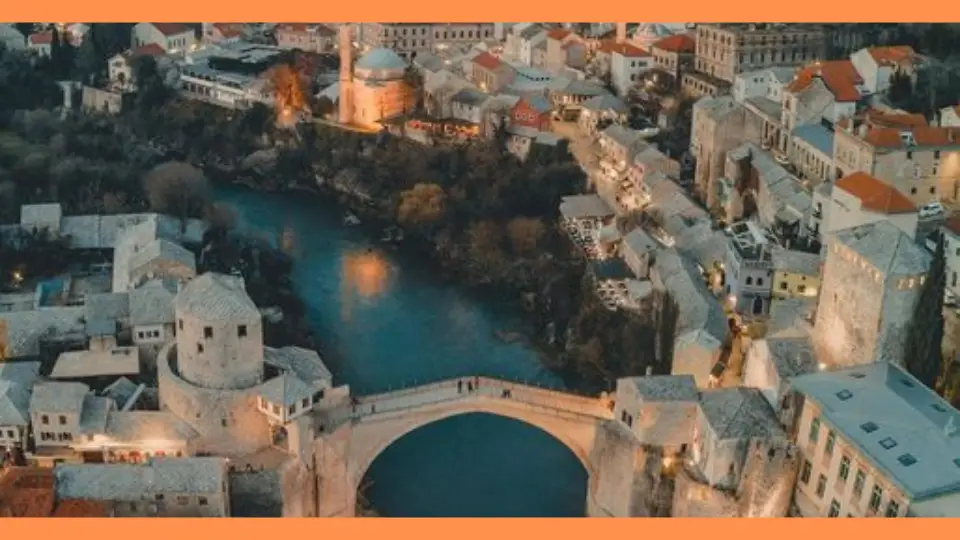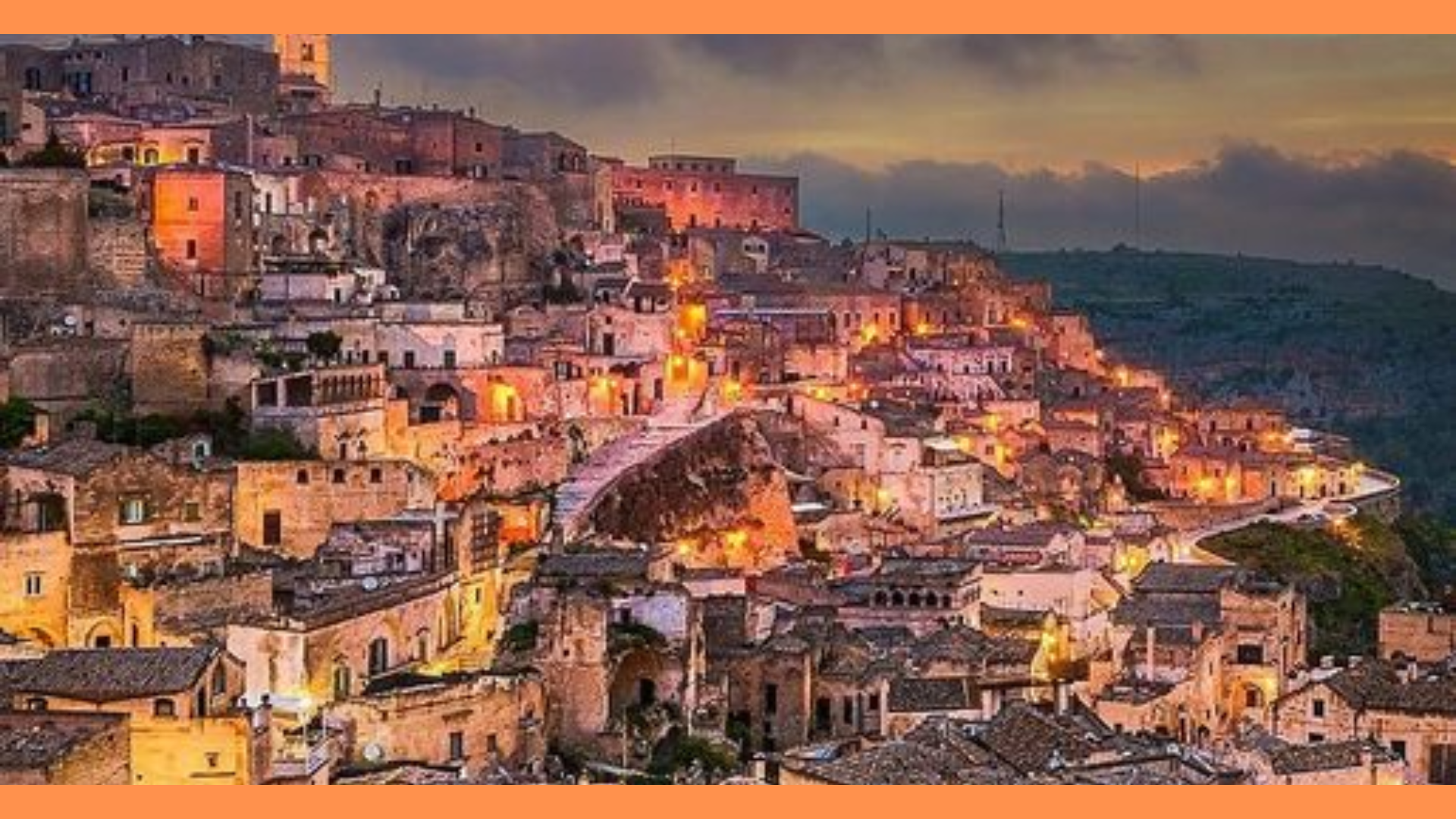Florence, the cradle of the Renaissance, is a city that bursts with art, history, and culture. This guide provides a comprehensive overview of Florence’s top tourist destinations, delectable dishes, practical travel tips, and unique experiences, ensuring you make the most of your visit to this enchanting city.
1. Tourist Destinations
Florence offers a plethora of attractions, from historic sites to world-renowned museums, ensuring there is something for every traveler.
1.1. Historic and Cultural Sites
Piazza del Duomo: The heart of Florence, Piazza del Duomo, is home to some of the city’s most iconic landmarks.
Florence Cathedral (Duomo): The Cathedral of Santa Maria del Fiore, commonly known as the Duomo, is a masterpiece of Gothic architecture. Its stunning red-tiled dome, engineered by Brunelleschi, dominates the city’s skyline. Inside, visitors can marvel at Vasari’s Last Judgment frescoes.
Baptistery of St. John: One of the oldest buildings in Florence, the Baptistery is famous for its exquisite bronze doors, known as the “Gates of Paradise,” created by Lorenzo Ghiberti.
Giotto’s Campanile: This free-standing bell tower offers spectacular views of the city. Climbing its 414 steps is a rewarding challenge for those who want a bird’s eye view of Florence.
Piazza della Signoria: This L-shaped square has been the political heart of Florence since the 14th century.
Palazzo Vecchio: The town hall of Florence, this fortress-like palace houses a museum with Renaissance art and historical artifacts. The tower offers panoramic views of the city.
Loggia dei Lanzi: An open-air sculpture gallery featuring famous statues, including Cellini’s Perseus with the Head of Medusa and Giambologna’s The Rape of the Sabine Women.
Fountain of Neptune: This grand fountain, created by Bartolomeo Ammannati, is a significant symbol of Florence’s maritime aspirations during the Renaissance.
Santa Croce: Known as the Temple of the Italian Glories, this basilica is the final resting place of some of Italy’s most illustrious figures.
Basilica of Santa Croce: This Franciscan church is the burial site of famous Italians such as Michelangelo, Galileo, and Machiavelli. The interior is adorned with stunning frescoes by Giotto and his followers.
1.2. Museums and Galleries
Uffizi Gallery: One of the most famous art museums in the world, the Uffizi Gallery houses an unparalleled collection of Renaissance art.
Renaissance Masterpieces: The gallery’s collection includes iconic works such as Botticelli’s “The Birth of Venus” and “Primavera,” Leonardo da Vinci’s “Annunciation,” and Michelangelo’s “Doni Tondo.”
Special Exhibitions: The Uffizi often hosts special exhibitions that showcase different aspects of Renaissance art and its impact on modern culture.
Accademia Gallery: While smaller than the Uffizi, the Accademia Gallery is home to Michelangelo’s David, one of the most famous sculptures in the world.
Michelangelo’s David: This iconic statue, representing the biblical hero David, is a symbol of strength and youthful beauty.
Other Highlights: The museum also features Michelangelo’s unfinished works, known as the “Prisoners,” and a collection of Gothic and Renaissance paintings.
Palazzo Pitti: This vast Renaissance palace houses several important museums and is surrounded by the magnificent Boboli Gardens.
Museums within the Palazzo: Visitors can explore the Palatine Gallery, which showcases the art collection of the grand dukes, and the Royal Apartments, filled with period furnishings.
Boboli Gardens: These historical gardens are adorned with statues, fountains, and grottoes, offering a serene escape and beautiful views of Florence.
1.3. Architectural Wonders
Ponte Vecchio: This medieval stone bridge is famous for the shops built along it, which were initially occupied by butchers but are now home to jewelers, art dealers, and souvenir shops.
Historic Significance: The bridge is notable for having withstood floods and wartime destruction. It offers stunning views of the Arno River.
Shopping Experience: Walking across the bridge, visitors can browse unique jewelry and art pieces while enjoying the historic atmosphere.
Medici Chapels: Part of the Basilica of San Lorenzo, these chapels are the burial place of the Medici family.
Architectural Marvel: The chapels were designed by Michelangelo and feature some of his most remarkable sculptures, including the allegorical figures of Day and Night, and Dawn and Dusk.
Historical Significance: The chapels reflect the Medici family’s power and influence during the Renaissance.
San Lorenzo: This basilica, another project of the Medici family, showcases works by Brunelleschi and Michelangelo.
Architectural Highlights: The church’s Old Sacristy, designed by Brunelleschi, and the New Sacristy, designed by Michelangelo, are must-see attractions.
Artistic Treasures: San Lorenzo also houses a wealth of Renaissance art, including works by Donatello.
1.4. Parks and Gardens
Boboli Gardens: Located behind the Palazzo Pitti, these gardens are a splendid example of Italian garden design.
Sculptures and Fountains: The gardens are adorned with classical sculptures, fountains, and a grand amphitheater.
Panoramic Views: The gardens offer breathtaking views of Florence and the surrounding Tuscan countryside.
Bardini Gardens: These gardens are known for their beautifully landscaped terraces and stunning views of Florence.
Garden Features: The Bardini Gardens include orchards, rose gardens, and a baroque staircase.
Views and Relaxation: Visitors can enjoy peaceful walks and spectacular views of the city’s skyline.
2. Delicious Dishes
Florence is a food lover’s paradise, offering a delectable array of traditional Tuscan dishes that reflect the region’s rich culinary heritage.
2.1. Traditional Tuscan Cuisine
Bistecca alla Fiorentina: This iconic dish is a must-try for meat lovers.
Description: A thick-cut T-bone steak from the Chianina breed of cattle, Bistecca alla Fiorentina is typically grilled over a wood fire and served rare.
Dining Experience: Enjoying this steak is a ritual, often accompanied by Tuscan side dishes such as white beans and grilled vegetables.
Ribollita: A hearty Tuscan soup that exemplifies the region’s peasant cuisine.
Ingredients: Made from leftover bread, cannellini beans, and vegetables like kale, carrots, and onions, ribollita is a flavorful and nutritious dish.
Tradition: This soup is typically cooked in large batches and reheated multiple times, enhancing its rich flavors.
2.2. Local Specialties
Lampredotto: A traditional Florentine street food made from the fourth stomach of a cow.
Preparation: Lampredotto is slow-cooked with tomatoes, onions, and parsley, and typically served in a sandwich with salsa verde.
Cultural Significance: It’s a popular and inexpensive dish, enjoyed by locals and visitors alike at street food stalls throughout the city.
Pappardelle al Cinghiale: A classic Tuscan pasta dish featuring wide, flat noodles with a rich wild boar ragu.
Flavor Profile: The slow-cooked wild boar is tender and flavorful, often enhanced with red wine, tomatoes, and herbs.
Dining Experience: This hearty dish is a favorite in traditional trattorias and is best enjoyed with a glass of Tuscan red wine.
2.3. Tuscan Wines and Cheeses
Chianti: One of Tuscany’s most famous wines, Chianti is known for its robust flavor and versatility.
Characteristics: Chianti wines are typically made from Sangiovese grapes and have notes of red fruits, herbs, and a hint of spice.
Pairing: This wine pairs wonderfully with many Tuscan dishes, including meats, cheeses, and pasta.
Pecorino Toscano: A traditional sheep’s milk cheese that comes in both fresh and aged varieties.
Flavor Profile: Fresh Pecorino Toscano is mild and creamy, while the aged version is firmer and has a more intense, nutty flavor.
Serving Suggestions: Enjoy Pecorino Toscano on its own, with honey and walnuts, or as part of a cheese platter with bread and cured meats.
2.4. Desserts and Sweets
Cantuccini: Also known as biscotti, these crunchy almond cookies are a Tuscan favorite.
Traditional Way to Serve: Cantuccini are typically served with a glass of Vin Santo, a sweet dessert wine, for dipping.
Variations: While almond is the classic flavor, variations with chocolate, pistachio, and other nuts are also popular.
Gelato: Florence is renowned for its artisanal gelato, which is creamier and denser than regular ice cream.
Flavors: Popular flavors include stracciatella (chocolate chip), pistachio, and fruity sorbets made from local produce.
Where to Enjoy: Many gelaterias in Florence pride themselves on using natural ingredients and traditional methods, making it easy to find high-quality gelato throughout the city.
3. Practical Tips
When traveling to Florence, it’s essential to be well-prepared to ensure a smooth and enjoyable experience.
3.1. Transportation
Walking: Florence’s historic center is compact and best explored on foot.
Benefits: Walking allows you to fully appreciate the city’s narrow streets, charming squares, and architectural details.
Tips: Wear comfortable shoes and carry a map or use a GPS app to navigate the winding streets.
Public Transport: For longer distances, Florence has a reliable public transportation system.
Options: Buses and trams are the primary modes of public transport. Tickets can be purchased at newsstands, tobacco shops, or via mobile apps.
Routes: The main bus and tram lines cover most tourist areas, making it easy to get around without a car.
Biking: Renting a bike is a great way to explore Florence at a leisurely pace.
Bike Rentals: Several rental shops offer bikes for short-term and long-term use. Guided bike tours are also available.
Bike-Friendly Areas: Florence has designated bike lanes and paths, particularly along the Arno River.
3.2. Money and Payments
Currency: The official currency in Florence is the Euro (EUR).
Exchange Rates: It’s advisable to check current exchange rates before traveling. Currency can be exchanged at banks, exchange bureaus, and some hotels.
ATMs: Widely available throughout the city, offering convenient access to cash.
Payments: Credit and debit cards are widely accepted in most establishments.
Cash: While cards are common, it’s a good idea to carry some cash for small purchases, tips, and places that do not accept cards.
Tipping: Tipping is not obligatory but appreciated. A small tip for good service in restaurants and cafes is customary.
3.3. Language
Italian: The official language of Florence is Italian.
Basic Phrases: Learning a few basic Italian phrases can enhance your travel experience and help with everyday interactions.
Pronunciation: Italian pronunciation is straightforward, with most letters pronounced as written.
English: English is commonly spoken in tourist areas, hotels, and restaurants.
Communication: Most tourism-related businesses have English-speaking staff, but it’s always appreciated if you attempt to speak some Italian.
3.4. Safety
Personal Safety: Florence is generally a safe city, but it’s always wise to take precautions.
Pickpocketing: Be mindful of your belongings, especially in crowded areas and public transportation.
Emergency Numbers: The emergency number in Italy is 112. Familiarize yourself with the location of local police stations and hospitals.
Health Precautions: Florence has a good healthcare system, with many pharmacies and medical facilities.
Hydration and Sunscreen: Stay hydrated, particularly in the summer months, and use sunscreen to protect against the sun.
Travel Insurance: It’s advisable to have travel insurance that covers medical emergencies, ensuring peace of mind during your trip.
4. Experiences
Florence offers a wealth of unique experiences that provide a deeper understanding of its culture and traditions.
4.1. Cultural Experiences
Opera and Classical Music: Florence’s rich musical heritage is showcased in its many concert venues.
Teatro della Pergola: One of the oldest and most prestigious theaters in Italy, hosting operas and classical music concerts.
Chiesa di Santo Stefano al Ponte Vecchio: This church offers an intimate setting for classical concerts, often featuring works by Vivaldi, Mozart, and other renowned composers.
Art Workshops: Participate in art classes to learn traditional techniques.
Painting and Sculpture: Workshops led by local artists offer hands-on experience in painting, sculpture, and other crafts.
Crafts and Pottery: Learn about traditional Florentine crafts, such as pottery, mosaics, and goldsmithing, through interactive workshops.
4.2. Festivals and Events
Florence Biennale: A prestigious contemporary art exhibition held every two years.
Exhibitions and Events: The Biennale features works by artists from around the world, as well as lectures, workshops, and performances.
Venues: The exhibition is held in various locations throughout the city, including historical buildings and modern galleries.
Calcio Storico: An annual historic football match that takes place in Piazza Santa Croce.
Historic Significance: Calcio Storico is a traditional game that dates back to the 16th century, combining elements of soccer, rugby, and wrestling.
Festivities: The event is part of the city’s celebrations for the feast of St. John the Baptist, the patron saint of Florence, and includes parades, music, and other festivities.
4.3. Shopping
San Lorenzo Market: A bustling market offering a wide range of goods.
Products: Find leather goods, souvenirs, local crafts, and fresh produce at this lively market.
Experience: The market is a great place to experience the local culture and practice your bargaining skills.
Via de’ Tornabuoni: Florence’s premier shopping street for high-end fashion.
Luxury Brands: Home to luxury boutiques such as Gucci, Prada, and Salvatore Ferragamo.
Shopping Experience: Even if you’re not buying, strolling along Via de’ Tornabuoni and window-shopping is a delightful experience.
Florence is a city that captivates visitors with its blend of historical grandeur and modern vibrancy. From its iconic landmarks and world-class museums to its delicious cuisine and rich cultural experiences, there is something for everyone in this Renaissance city. Whether you’re exploring its historic sites, indulging in its culinary delights, or immersing yourself in its cultural traditions, Florence promises an unforgettable experience. Pack your bags, brush up on your Italian, and get ready to discover the magic of Florence.
